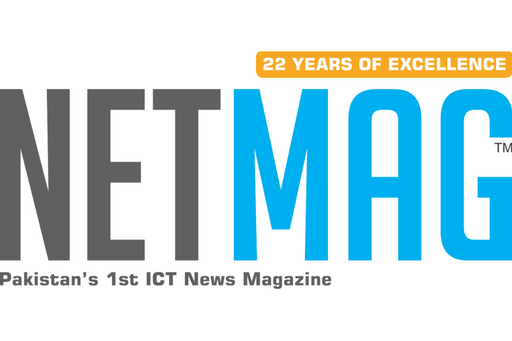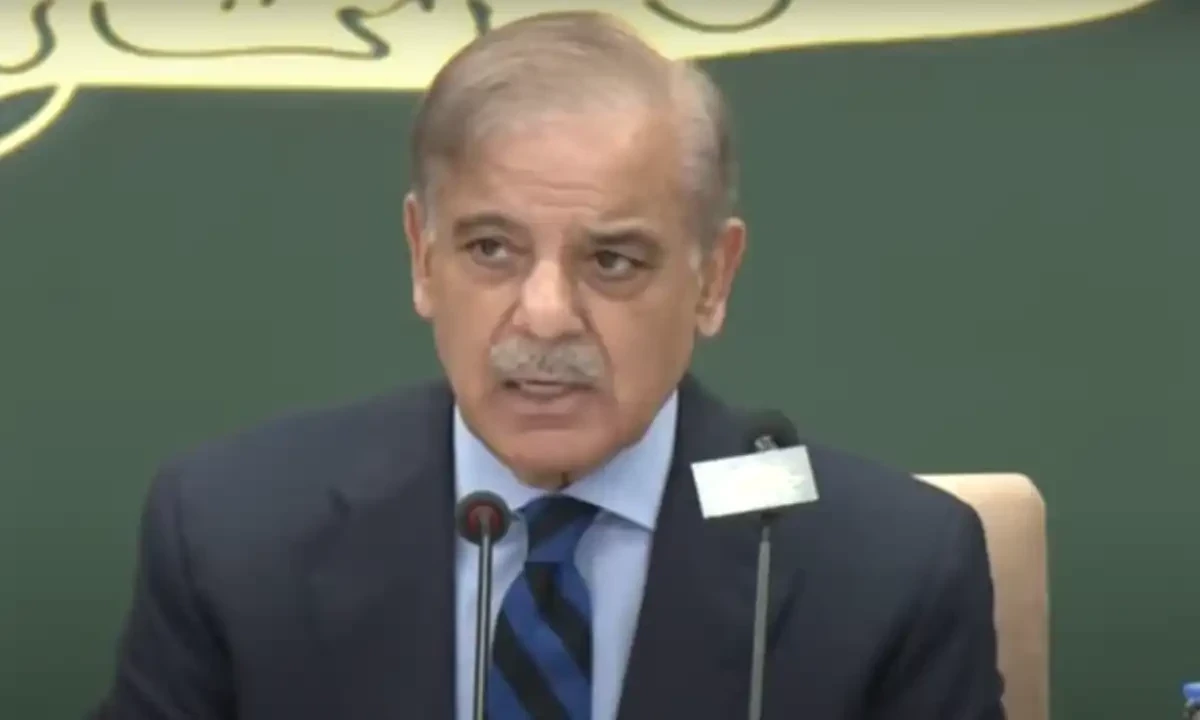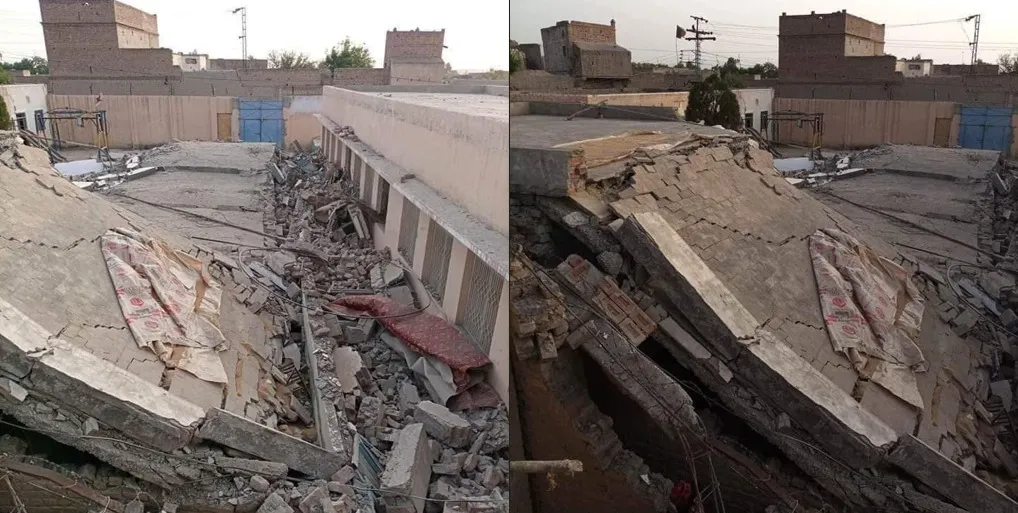Pakistan competitiveness in exports is affected by the cascading effect on the effect of General Sales Tax (GST) according to the International Monetary Fund (IMF).
The Fund in its most recent report on Pakistan stated that at the end of the process that the factory is producing dresses for export which, even though it is tax-free, the seller must be charged a higher cost compared to the fully-harmonised system. There is no tax exemption from exports. Additional expenses are incurred in every section of the process, and this is a disadvantage for exporters in the global market.
The Fund provided an example in which the cotton ginning business purchases at least Rs. 1,000 worth of raw material to make cotton fiber. It will also, with a GST rates of 10 percent, pays GST on all sales in the amount of about Rs. 100. In addition to purchasing raw materials, the company also provides certain services for 500 rupees. 500, including marketing, transportation, and consulting.
In the event of an identical tax rate, of 10% on services, you pay an additional the amount of Rs. 50 in tax. The tax on inputs is so the following: 100 Rs. 100 (to the federal government) + the amount of Rs. 50 (to a province) = Rs. 150. The total costs for inputs are (1000+500+100+50) equals 1650. After that, the company adds a value of 100 rupees. 100 and sells the fiber to a manufacturer of textiles.
Also Read: IMF ‘Suggests’ Pakistan to Introduce Multiple New Taxes
Due to the tax base being fragmented It will be extremely difficult for the company that produces cotton to claim tax credits for input tax of services (Rs. 50) initially paid. Then, the cost of selling will carry over that portion of tax.
The selling price will be: the total cost of inputs (1650) plus value-added (100) (input tax) that will be paid after an auction, which in this example for goods (100) is Rs. 1650, not the usual Rs. 1600 under a fully-harmonised GST system. When the company is sold the business will take an out-of-pocket tax in the amount of. 160 and pay it back into the Federal Board of Revenue (FBR) but will be reimbursed for the portion of the tax on input.
The tax that is that is paid to the cotton ginning firm will be 165-100=65 instead of 160-100-50=10 under the system of fully-harmonised GST. That is, the tax effective rate would be 65 percent (tax paid/value added) and will be significantly different from the tax rate nominally of 10 percent.
In the next phase, the manufacturer of textiles, in addition to buying cotton fiber at Rs. 1650, also uses certain input services worth 800 rupees. 800 to produce finished textiles. Similar to the first stage, the fabric manufacturer has to pay taxes on inputs of Rs. 245 = Rs. 165 (on goods) + Rs. 80 (on services) This gives you a total of 200 rupees. 200. Then, it sells the fabric to a factory that makes garments for the amount of Rs. 2,730 = Rs. 2,308 + 10 per cent GST (230.8).
If only the tax paid on inputs to products will be collected, the tax that the textile producer will be at least Rs. 108. In event of fully Harmonized GST the manufacturer will be required to pay just the amount of Rs. 20. The costs of production for the producer of textiles will therefore be the equivalent of Rs. 40 higher than those of the tax base that is fully harmonized system.


